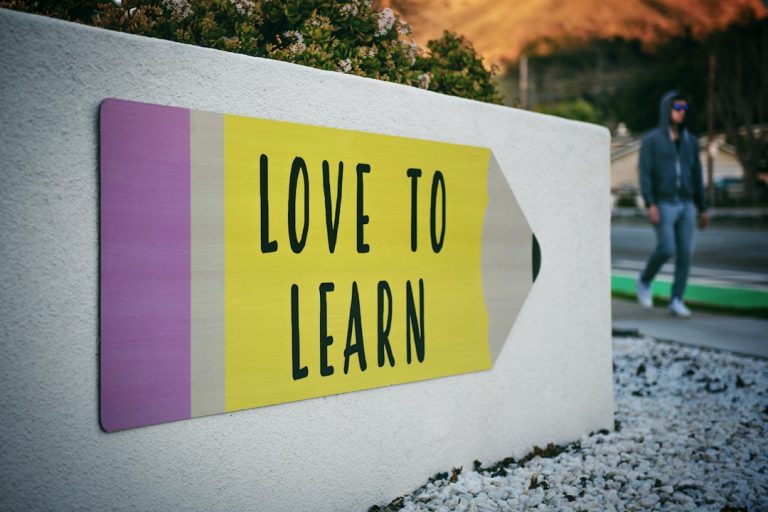
In the digital age, social media communities have emerged as vital platforms for individuals and organizations to connect, share, and collaborate. These communities serve as virtual gathering places where people with shared interests, goals, or experiences can come together to exchange ideas and support one another. The significance of these communities extends beyond mere social interaction; they foster a sense of belonging and provide a space for collective learning.
For instance, niche groups on platforms like Facebook or Reddit allow members to delve into specific topics, from gardening to coding, creating an environment where knowledge is freely shared and expertise is cultivated. Moreover, social media communities play a crucial role in shaping public opinion and influencing trends. They can amplify voices that might otherwise go unheard, providing a platform for advocacy and social change.
For example, movements like #MeToo and Black Lives Matter gained momentum through social media communities, demonstrating the power of collective action in driving societal transformation. These communities not only facilitate discussions but also mobilize individuals towards common causes, showcasing their potential to effect real-world change.
Key Takeaways
- Social media communities are important for networking, collaboration, and building trust and credibility.
- Identifying and joining the right social media communities is crucial for finding like-minded individuals and potential collaborators.
- Building trust and credibility within social media communities requires consistent engagement, valuable contributions, and authentic interactions.
- Engaging and contributing to social media communities involves sharing knowledge, supporting others, and participating in discussions.
- Leveraging social media communities for networking and collaboration can lead to new opportunities, partnerships, and professional growth.
Identifying and Joining the Right Social Media Communities
Finding the right social media communities requires a strategic approach that aligns with one’s interests and objectives. The first step is to conduct thorough research across various platforms. For instance, LinkedIn is ideal for professional networking, while Instagram may cater more to creative industries.
By exploring hashtags, keywords, and group recommendations, individuals can identify communities that resonate with their passions or professional aspirations. Engaging with content within these spaces can also provide insights into the community’s dynamics and values.
A vibrant community is characterized by regular interactions, discussions, and content sharing. For example, a Facebook group dedicated to digital marketing should have active discussions about the latest trends, tools, and strategies. Joining a community that aligns with one’s goals not only enhances personal growth but also opens doors to new opportunities.
It is essential to consider the community’s culture and norms; a supportive environment fosters collaboration and encourages members to contribute meaningfully.
Building Trust and Credibility within Social Media Communities

Establishing trust and credibility within social media communities is paramount for meaningful engagement. Trust is built over time through consistent participation and genuine interactions. Members should aim to contribute valuable insights rather than merely promoting their own agendas.
For instance, a member of a health-focused community might share personal experiences or research findings that can benefit others, thereby positioning themselves as a credible source of information. Transparency also plays a critical role in building trust. Being open about one’s intentions and sharing both successes and failures can foster deeper connections with other members.
For example, a business owner discussing their journey in an entrepreneurial group can resonate with others facing similar challenges, creating an atmosphere of authenticity. Additionally, acknowledging the contributions of others reinforces a sense of community and encourages reciprocal support. Forbes
Engaging and Contributing to Social Media Communities
| Platform | Number of Followers | Number of Likes/Shares/Comments | Number of Posts per Week |
|---|---|---|---|
| 10,000 | 500 | 7 | |
| 5,000 | 300 | 14 | |
| 8,000 | 400 | 5 |
Active engagement is essential for thriving within social media communities. Members should not only consume content but also participate in discussions, ask questions, and share their own experiences. This two-way interaction enriches the community experience and encourages others to engage as well.
For instance, in a photography group, sharing one’s work for feedback can spark discussions that benefit both the individual and the community as a whole. Moreover, contributing original content can significantly enhance one’s presence within a community. This could include writing articles, creating tutorials, or hosting live sessions on relevant topics.
For example, a software developer might share coding tips or project showcases in a tech community, establishing themselves as an authority while providing value to fellow members. Such contributions not only elevate personal visibility but also strengthen the community by fostering knowledge sharing.
Leveraging Social Media Communities for Networking and Collaboration
Social media communities are powerful tools for networking and collaboration. They provide access to a diverse pool of individuals with varying skills and experiences, making it easier to find potential collaborators for projects or initiatives. For instance, an artist seeking to collaborate with a writer can connect through a creative community on platforms like Instagram or Behance.
These interactions can lead to fruitful partnerships that might not have been possible in traditional networking settings. Additionally, social media communities often host events such as webinars, workshops, or meetups that facilitate networking opportunities. Participating in these events allows members to connect on a deeper level and explore collaborative ventures.
For example, a marketing professional attending a virtual conference organized by their community can meet industry leaders and peers, leading to potential job opportunities or partnerships. The informal nature of these interactions often breaks down barriers that exist in more formal networking environments.
Nurturing Relationships within Social Media Communities

Nurturing relationships within social media communities requires ongoing effort and genuine interest in others’ contributions. Regularly engaging with fellow members’ posts by liking, commenting, or sharing can strengthen connections and foster goodwill. For instance, acknowledging someone’s achievement in a professional group not only shows support but also encourages further interaction.
This reciprocity builds a network of trust where members feel valued and appreciated. Furthermore, private messaging can be an effective way to deepen relationships beyond public interactions. Reaching out to fellow members for one-on-one conversations can lead to more meaningful exchanges and collaborations.
For example, if someone shares an insightful post about mental health in a wellness community, sending them a message to discuss their perspective further can create a lasting connection. These personal interactions often lead to stronger bonds that enhance the overall community experience.
Managing and Resolving Conflict within Social Media Communities
Conflict is an inevitable aspect of any community, including those formed on social media platforms. The key to managing conflict lies in addressing issues promptly and constructively. When disagreements arise, it is essential to approach them with empathy and understanding rather than defensiveness.
For instance, if two members have opposing views on a topic within a discussion group, encouraging respectful dialogue can help clarify misunderstandings and foster mutual respect. In some cases, it may be necessary to involve community moderators or leaders to mediate conflicts. These individuals often have the experience and authority to guide discussions towards resolution while maintaining the community’s integrity.
For example, if a heated debate escalates into personal attacks, moderators can step in to remind members of community guidelines and encourage a return to constructive conversation. Establishing clear rules for engagement can also help prevent conflicts from arising in the first place.
Measuring the Impact of Social Media Community Building
Measuring the impact of social media community building involves assessing both qualitative and quantitative metrics. Engagement metrics such as likes, shares, comments, and member growth provide tangible evidence of a community’s vitality. For instance, tracking the increase in active participants over time can indicate whether the community is successfully attracting new members and retaining existing ones.
Qualitative assessments are equally important; gathering feedback from members through surveys or informal discussions can provide insights into their experiences within the community. Understanding what members value most—be it networking opportunities, knowledge sharing, or support—can inform strategies for enhancing engagement and satisfaction. Additionally, analyzing the outcomes of collaborations or initiatives born from the community can highlight its overall effectiveness in achieving shared goals.
In conclusion, social media communities are dynamic ecosystems that offer immense potential for connection, collaboration, and personal growth. By actively participating in these spaces—through engagement, trust-building, conflict resolution, and relationship nurturing—individuals can harness their power for both personal development and collective impact.
One related article to Understanding Social Media Communities can be found in the blog post titled “Hello World” on the VESL website. This article discusses the importance of creating a strong online presence and engaging with your audience through social media platforms. By understanding the basics of social media communities, individuals and businesses can effectively connect with their target audience and build a loyal following. To read more about this topic, check out the article here.
FAQs
What are social media communities?
Social media communities are groups of people who share common interests, activities, or goals on social media platforms. These communities can be based on hobbies, professions, beliefs, or any other shared characteristic.
How do social media communities function?
Social media communities function by allowing members to connect, share content, and engage in discussions with one another. They often have specific rules and guidelines to maintain a positive and inclusive environment.
What are the benefits of participating in social media communities?
Participating in social media communities can provide individuals with a sense of belonging, opportunities for networking, access to valuable information, and a platform to share their expertise or experiences with others.
What are some popular social media platforms for communities?
Some popular social media platforms for communities include Facebook Groups, Reddit, LinkedIn Groups, and online forums such as Quora and Stack Overflow.
How can businesses benefit from engaging with social media communities?
Businesses can benefit from engaging with social media communities by building brand awareness, gaining customer insights, establishing thought leadership, and fostering customer loyalty through meaningful interactions.


